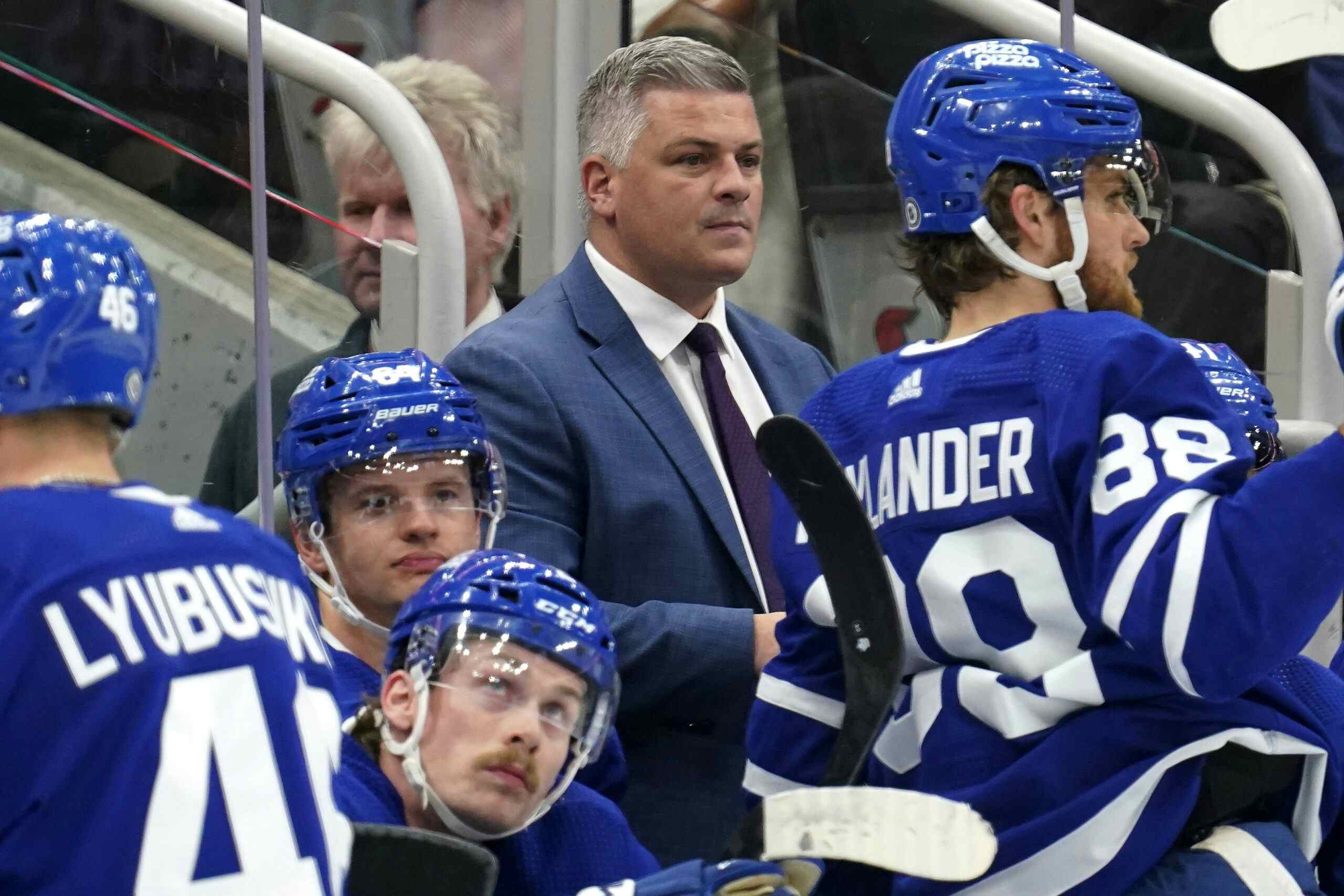How the Leafs can use the second buyout window to game the salary cap

Photo Credit: Tom Szczerbowski/USA TODAY SPORTS
While the original summer buyout window passed us all by before the start of free agency, teams who had salary arbitration cases to deal with are allowed a second kick at the can a few days after their disputes have been resolved, through rulings or settlements.
With Peter Holland, Frank Corrado, and Martin Marincin’s cases now behind the Leafs, their window opened up today, giving them 48 hours to decide whether they’d like to part ways with one of their players. We hinted a bit at the value of this a few days ago, but today, we’re going to combine two of our posts into one for the sake of outlining a potential white-hat gaming of the salary cap.
Our two posts in question are “5 players that the Leafs could buy out next week” from July 29th, and “The long-term outlook of Toronto’s Rookie Bonuses” from July 30th.
Two core thoughts come out of these two pieces, and they are as follows:
- The Toronto Maple Leafs have a bunch of players remaining on their roster with questionable salaries, but only a year left on their deal. These contracts, if bought out, typically save you 66% of the cap hit in the years where they would have been under contract, at a penalty of 33% of the years that they don’t. This is because buyouts are, in most cases, paid as a third of the salary for double the years.
- The Leafs also have a bunch of young rookies who have Schedule A (and in Auston Matthews’ case, Schedule B) bonuses up for grabs in the next few years. Depending on a player’s performance, they can be up for $82,500 (Rinat Valiev) to $2.85 million (Matthews) in extra salary for their efforts, which would be paid at the end of the year. Because it’s at the end of the year, the Leafs can’t account for when they place Nathan Horton on Long Term Injured Reserve at the start of the season. This means that, unless they trade away a bunch of salary throughout the year, they will likely be millions of dollars into salary cap overages next season.
Now, you could cross your fingers and hope that the Michalek, Greening, Laich types of the world play well enough to find trade value early in the year, but not well enough to make the Leafs feel that they’re more valuable to keep in hopes of a successful standings year than trading and calling up a younger player. You can hope that players with longer-term, like Tyler Bozak or Joffrey Lupul (if he’s still alive) catch some eyes in a few months. You can hope that the Leafs win their arbitration case with Jared Cowen.
But there are fewer than 48 hours left on the clock for them to make a buyout decision, so it’s worth giving consideration to using buyouts to pay off the rookie bonuses in advance.
Let’s make the safest assumption available to us right now. For these purposes, the Leafs are going to go over their $56,000 in remaining cap space when they decide on a backup goalie, and after Horton gets LTIR’d, they’ll hit $0 for the start of the year. Maybe they’re able to shed money towards the trade deadline, but maybe they bring in someone new; besides, the salary cap is altered on a day-to-day basis, so the longer you wait to trade a player, the less of their hit you shave off of your books. We’ll assume that the Leafs’ end-of-year cap hit won’t have more free space remaining than the potential bonuses; a safe assumption with the big three rookie forwards and Nikita Zaitsev having approximately $5.3 million at stake.
In the current corner, you have Milan Michalek. Michalek makes $4 million on the cap this year, but if you buy him out, you lose the player but shave off all but $1.33M today and add the same amount next season. That’s a savings of $2.67 million dollars this season. You have to replace him with a forward, but that gives you an excuse to call up a Brandon Leipsic, Kerby Rychel, or Connor Brown type of player, who will make somewhere between $700,000-$1 million dependant on their bonuses. Those bonuses can even be circumvented by calling one up for half the year and the other for the same length; Schedule A bonuses for forwards require 42 games played.
At $666,666 (more or less the hit of using Leipsic and Brown for 41 each), you save $2.0 million on the year, which can be used to eat up some of the bonuses of the others. To do that, you’re paying $1.33 million on the cap next year, but if that $2 million was going to be sent over in overages anyway, the Leafs have, in essence, saved nearly $700,000 towards next year’s salary cap. This same theory can be applied to players can be applied to players like Brooks Laich and Colin Greening as well, to different numbers but similar core results.
Of course, Toronto only has about $50.2 million in commitments for 2017/18 right now, with Zaitsev, Corrado, Holland, to resign and a couple of depth spots to fill, so it’s not absolutely vital that they plan a year ahead; perhaps rolling the dice and hoping you can shed throughout the year is more palatable. Maybe the potential draft pick return, or opportunity to extend the veterans they’d like to keep is seen as more valuable. Maybe there are a few young, NHL ready forwards that they’d like to have a year of “overripening” and the higher paid depth players stealing their spots make good scapegoats for that process.
But if you see Michalek, Greening, or Laich on unconditional waivers tomorrow, it might be because of this. Not just a buyout of a player, but a pre-buyout of overage as well.
Recent articles from Jeff Veillette





